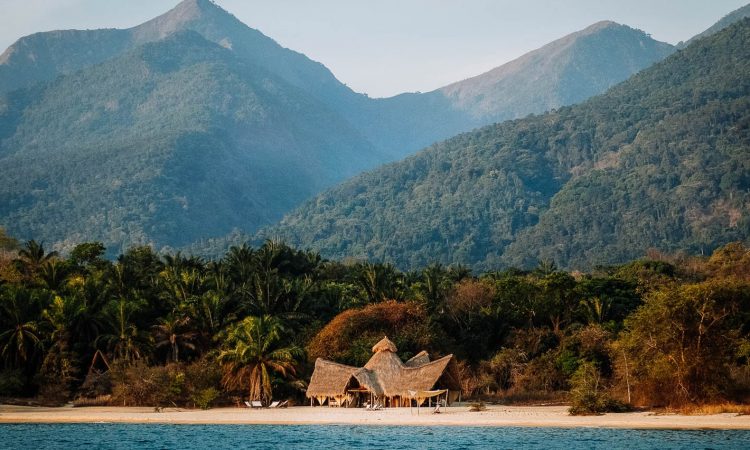Mahale Mountains National Park Tanzania
Description
Located in the remote western part of Tanzania, Mahale Mountains National Park is one of the most picturesque places in Tanzania. The park borders Lake Tanganyika, one of the oldest and deepest lakes in the world.
Getting to the park is an adventure as it is accessible only by air and boat. There are no roads in the park, only forest paths through the lush vegetation. This park is a hiker’s paradise, but most importantly it is a chimpanzee paradise. Mahale is a haven for primates, with chimpanzee trekking one of the prime reasons for visits.
The park is teeming with life, rivers and waterfalls are everywhere and around the shoreline of the lake, are the most unspoiled white sandy beaches anyone could imagine.
Highlights
Remoteness, primate-trekking, hiking, snorkeling, and bird watching.
Mahale is home to nine species of primates including the yellow baboon, red colobus, blue monkeys, and the red-tailed monkey as well as 73 other mammals.


